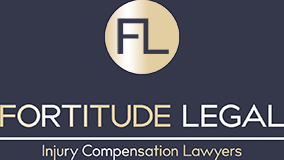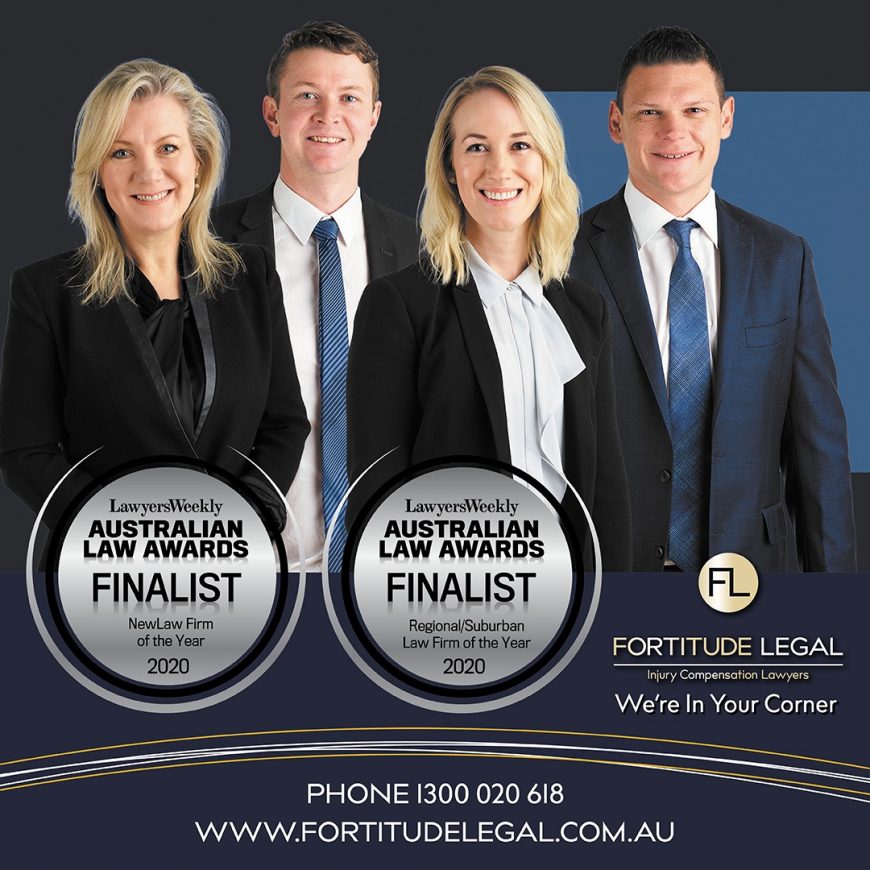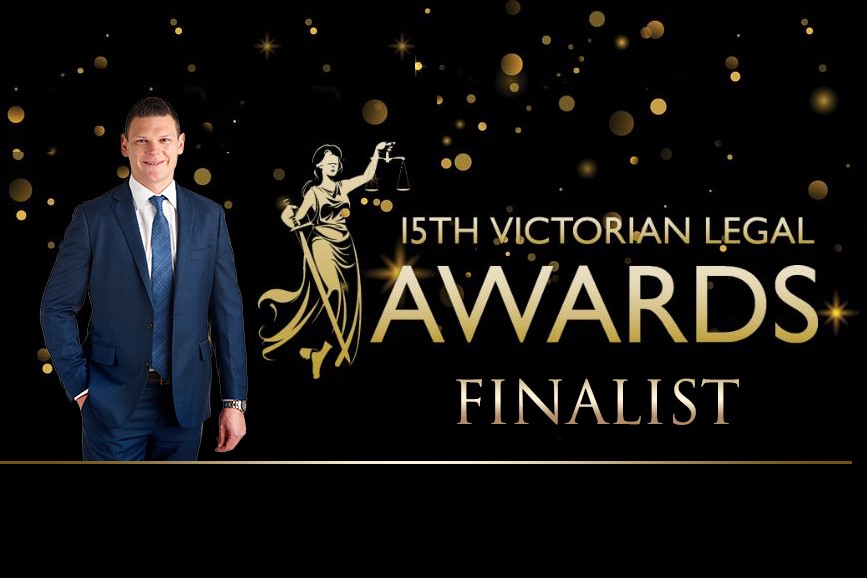Can my Employer or WorkCover Agent Attend my Medical Appointments?
Can my Employer or WorkCover Agent Attend my Medical Appointments?
The simple answer is no. Without your consent, it is a flagrant breach of your privacy.
Many of our clients approach us and query whether their employer or their WorkCover representative is permitted to attend their private medical appointments.
Frequently, employers and their representatives ‘invite’ themselves to attend an injured worker’s private medical appointment. It will often be indicated to the injured worker that it is common practice for them to attend, and it is a practice that is necessary given a WorkCover claim has been lodged.
It leaves the worker wondering whether they will be doing the wrong thing if they refuse, no matter how uncertain they may feel about the prospect of an employer or third party becoming privy to their private medical history.
If your employer or their WorkCover representative asks to attend your medical appointment, you are entitled to say no. That is, even if the consultation relates to a work-related injury or condition.
The Doctor and patient relationship is one of strict confidentiality, much like the solicitor and client relationship. There is no legal obligation for an injured worker to permit the employer, their representative or anyone else for that matter to be present during a medical examination.
Whilst the Victorian WorkCover legislation requires both the injured worker and the employer to engage with and facilitate a possible return to work, those obligations do not extend so far as to permit attendance at the worker’s medical appointments. WorkCover will have the legal power to obtain, through written requests to your doctor, your medical records and reports by virtue of you having lodged a WorkCover claim; but no-one is permitted to attend your confidential medical appointments.
Recent reports from our clients and their treating practitioners indicate that employers and their WorkCover representatives are increasingly using this practice as a vehicle to apply pressure and influence to suit their objectives. This may unfortunately extend to influencing the treating practitioner to amend or adjust a WorkCover certificate, or to agree to a Return-to-Work plan to suit the employer’s needs, and not necessarily those of the recovering worker.
In summary, there is very little to be gained by you allowing an employer or their WorkCover representative to attend your private medical appointment, and a lot to be lost. As common practice at Fortitude Legal, we recommend our clients ensure that the employer and their WorkCover representatives are advised that they are not to attend private medical appointments, under any circumstances.
We consider that greater transparency from WorkCover agents and third parties when speaking to injured workers when seeking to engage in this practice is required.
Should you require assistance with your WorkCover entitlements, contact our office on 1300 020 618 to discuss your rights.
First Appointment Free
Now Win No Fee











